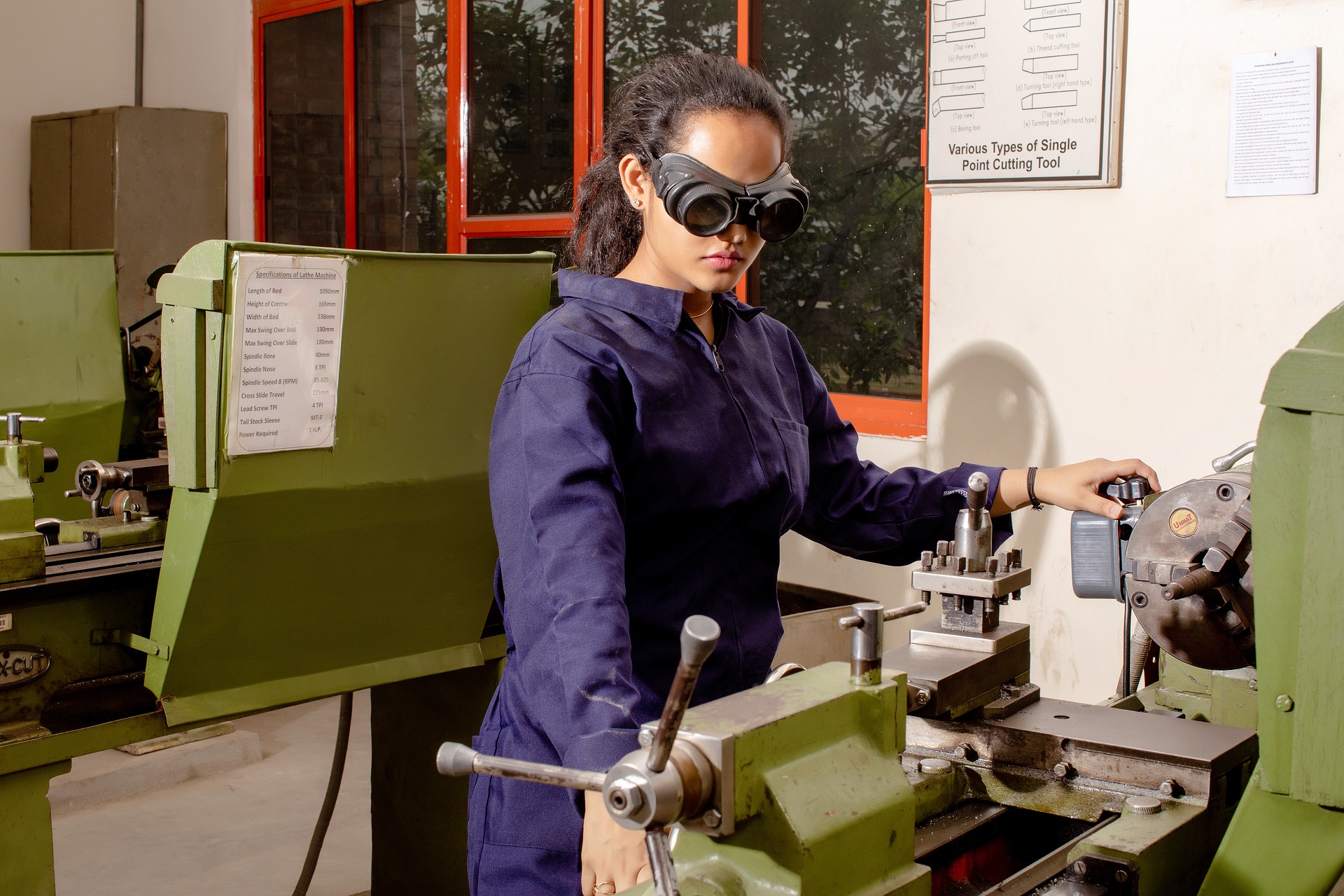Welding Training Guide: Costs, Subsidies and Notes
In the United States, it is essential to receive systematic training to become a qualified welder. Welder training not only includes the mastery of various welding skills, but also involves safe operation, industry standards, and equipment maintenance. This article will introduce in detail the price structure of welder training in the United States and the subsidy policies that can be applied for, helping you to smoothly start your welding career.

What types of welding training are available in the US?
Welding training in the United States comes in various forms to suit different needs and career goals. The most common types include:
-
Vocational School Programs: These offer comprehensive courses covering multiple welding techniques and safety protocols.
-
Community College Courses: Many community colleges provide welding programs that combine classroom instruction with hands-on practice.
-
Apprenticeships: These programs allow aspiring welders to learn on the job while earning a wage, often sponsored by unions or employers.
-
Technical Institutes: Specialized schools focusing on industrial skills, including welding, offer intensive training programs.
-
On-the-Job Training: Some employers provide in-house training for entry-level welders.
-
Online Courses: While hands-on practice is essential, some theoretical aspects of welding can be learned through online platforms.
How long does it take to become a qualified welder?
The duration of welding training can vary significantly depending on the program type and intensity. Generally, the timeline for becoming a qualified welder is as follows:
-
Certificate Programs: 6-18 months
-
Associate Degree Programs: 2 years
-
Apprenticeships: 3-4 years
-
Short-term Intensive Courses: 3-6 months
It’s important to note that becoming truly proficient in welding often requires additional years of on-the-job experience beyond initial training.
How much does it cost to learn welding?
The cost of welding training in the United States can vary widely based on the type of program, location, and duration. Here’s a general breakdown of costs:
-
Vocational School Programs: $5,000 - $15,000
-
Community College Courses: $2,500 - $10,000 per year
-
Technical Institute Programs: $7,000 - $20,000
-
Apprenticeships: Often free or low-cost, with apprentices earning a wage
-
Online Courses: $200 - $2,000 for basic courses
| Training Type | Provider Example | Cost Estimation |
|---|---|---|
| Vocational School | Lincoln Tech | $12,000 - $15,000 |
| Community College | Houston Community College | $4,000 - $8,000 per year |
| Technical Institute | Hobart Institute of Welding Technology | $15,000 - $20,000 |
| Apprenticeship | UA Plumbers and Pipefitters | Earn while you learn |
| Online Course | American Welding Society (AWS) | $500 - $1,500 |
Prices, rates, or cost estimates mentioned in this article are based on the latest available information but may change over time. Independent research is advised before making financial decisions.
Are there subsidies or preferential policies for welding training in the United States?
Yes, several subsidies and financial aid options are available for welding training in the US:
-
Federal Pell Grants: Available for eligible students in vocational programs.
-
Workforce Innovation and Opportunity Act (WIOA): Provides funding for job training programs, including welding.
-
GI Bill: Veterans can use their benefits for welding training.
-
Trade Adjustment Assistance (TAA): Offers training support for workers affected by foreign trade.
-
State-specific programs: Many states offer grants or scholarships for vocational training.
-
Employer-sponsored training: Some companies provide financial assistance or reimbursement for welding education.
What are some unique facts about welding training in the US?
Welding training in the United States has some interesting aspects that set it apart:
-
Virtual Reality Training: Some schools now use VR technology to simulate welding scenarios, allowing students to practice without material waste.
-
Underwater Welding Specialization: The US offers specialized training for underwater welding, which is one of the highest-paying welding specialties.
-
Women in Welding Programs: There’s a growing focus on encouraging women to enter the welding field, with some schools offering women-only classes.
-
Mobile Welding Schools: Some institutions have mobile welding labs that travel to different locations, making training more accessible in rural areas.
-
Cross-Training Opportunities: Many welding programs now include training in related fields like fabrication and metallurgy to create more well-rounded professionals.
Other common questions about welding training
- Do I need certification to work as a welder?
While not always mandatory, certification from organizations like the American Welding Society (AWS) can significantly enhance job prospects and earning potential.
- What safety equipment is required for welding training?
Essential safety gear includes welding helmets, flame-resistant clothing, safety glasses, and protective gloves.
- Can I specialize in a specific type of welding?
Yes, you can specialize in areas such as TIG welding, MIG welding, or underwater welding, each with its own training requirements.
- Are there physical requirements for welding training?
While there are no strict physical requirements, good hand-eye coordination, manual dexterity, and the ability to work in various positions are beneficial.
- What job prospects can I expect after completing welding training?
Welders are in high demand across various industries, including construction, manufacturing, aerospace, and automotive sectors, with opportunities for advancement and specialization.
Welding training in the United States offers a diverse range of options to suit different learning styles, career goals, and budgets. From vocational schools to apprenticeships, aspiring welders have multiple pathways to gain the skills needed for this in-demand profession. With various financial aid options available and the industry’s continuous technological advancements, welding remains an attractive career choice for those seeking a skilled trade with strong job prospects.




